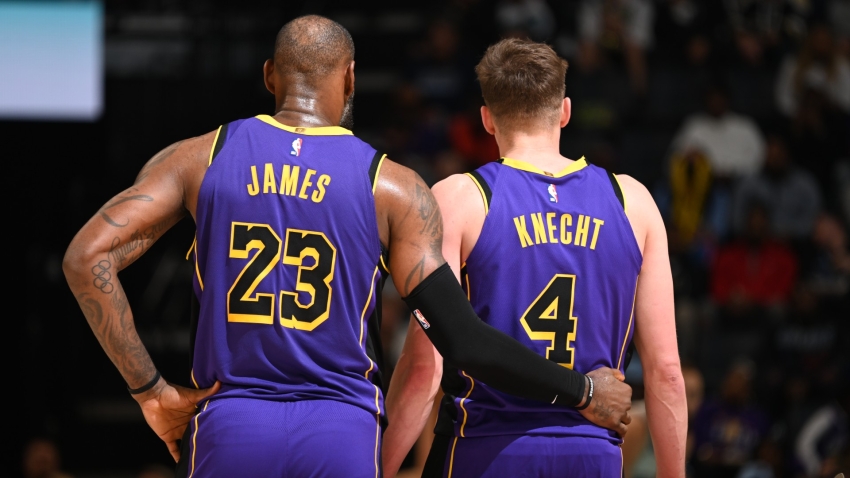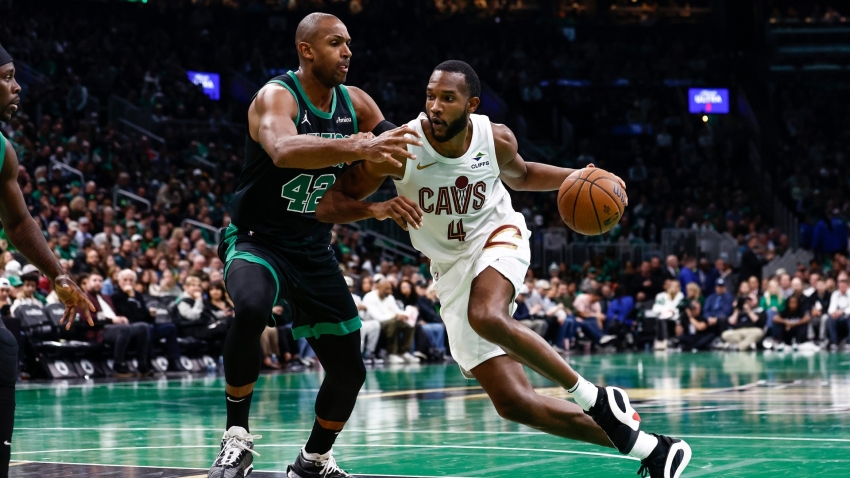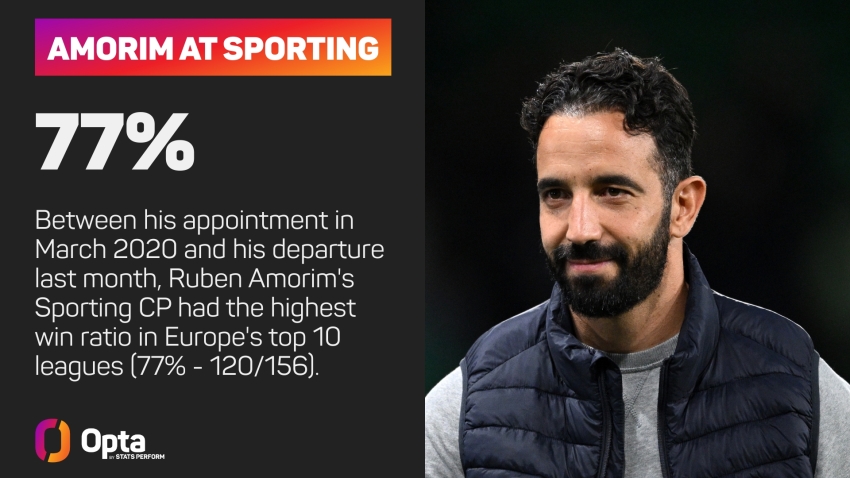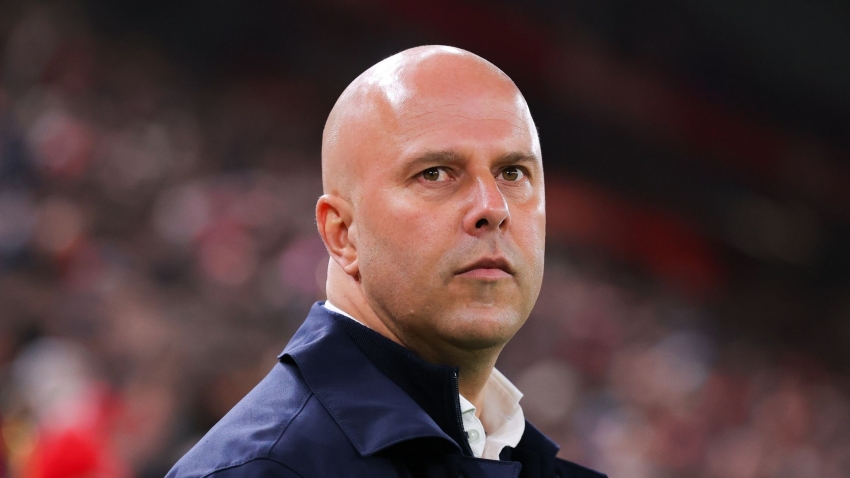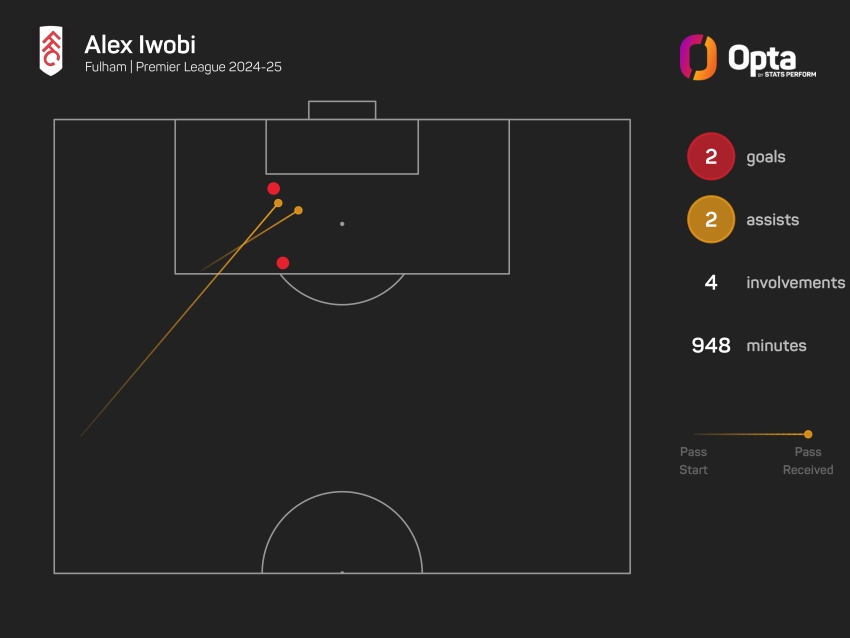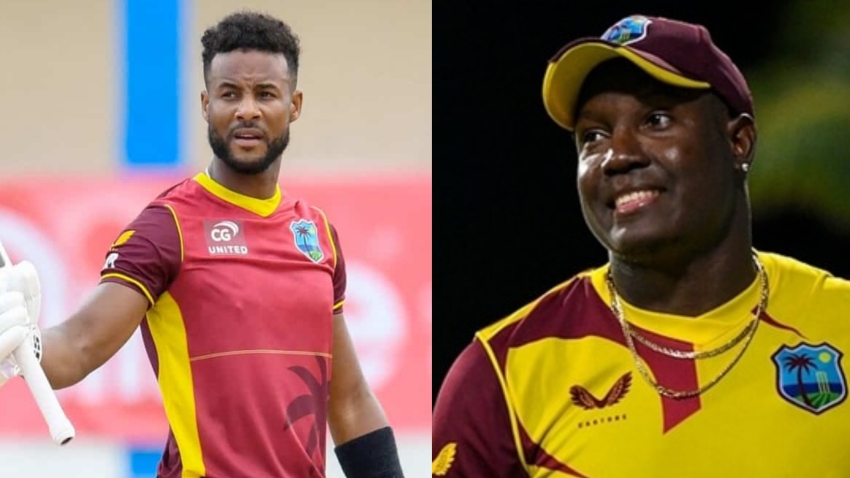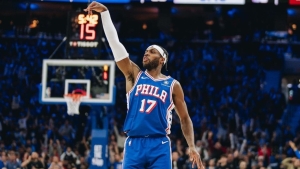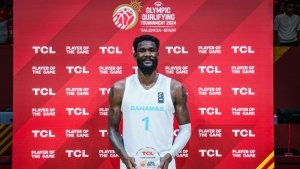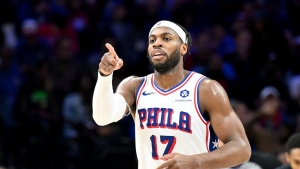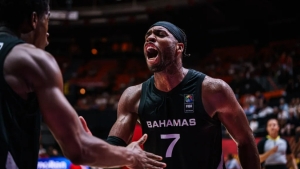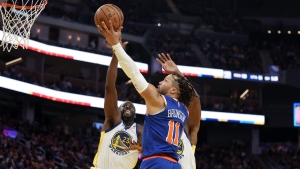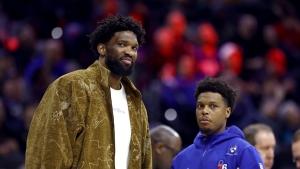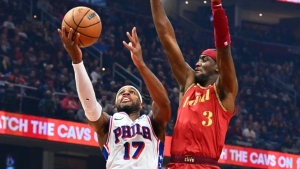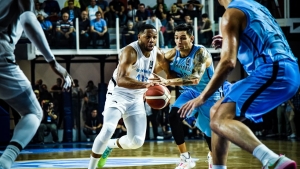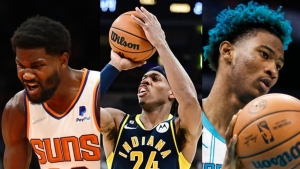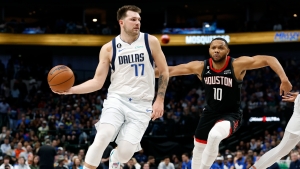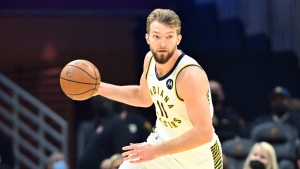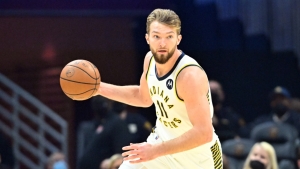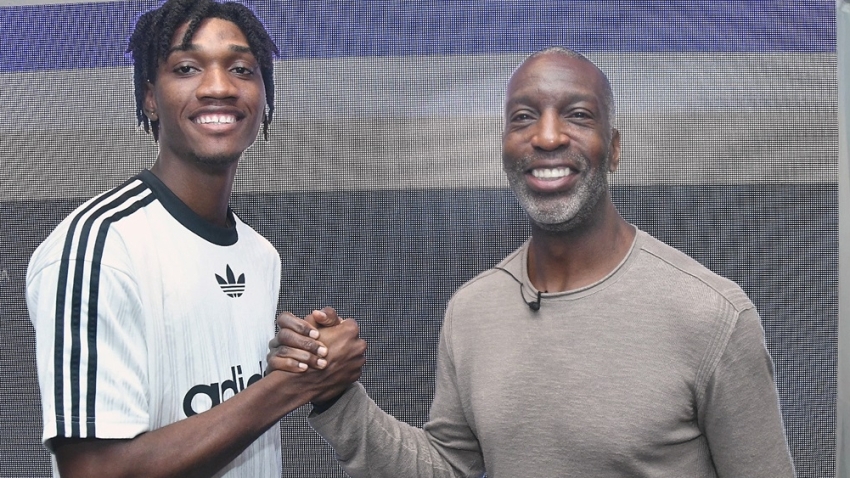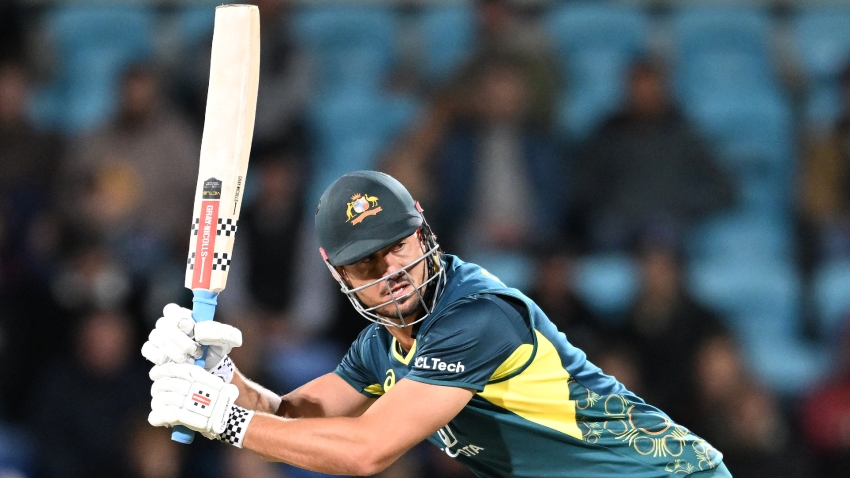They say styles make fights, and it will be a true styles clash when the run-and-gun Indiana Pacers travel to take on the grinding Miami Heat on Wednesday.
Coming into the contest, the Heat sit sixth in the Eastern Conference with a record of 29-25, 4.5 games ahead of the 10th-placed Pacers (25-30). Miami have been treading water recently with a 5-5 record from their past 10, while Indiana have struggled to a 2-8 run.
While there are many complex layers to this contest, a lot of it boils down to one simple point: the Pacers want to play fast, and the Heat want to play slow.
The young Pacers, led by the current official league-leader in assists Tyrese Haliburton (10.3 per game), play at the fourth-highest pace in the league (101.9 possessions per game). Meanwhile, the veteran Heat outfit, led by the current league-leader in steals Jimmy Butler (2.1 per game), play at the third-slowest pace (97.1 possessions).
That mindset dictates many key indicators for each team, starting with the disparity in fast-break offense.
The Pacers lead the league with 19 fast-break points per game, while the Heat are 27th at 11.3 – so Indiana will run all over Miami, right?
Well, not necessarily. The hectic pace the Pacers play at is conducive to high-scoring offense from both teams – allowing the sixth-most fast-break points per game (15.0) – while the Heat often control the tempo and limit fast-breaks all together, allowing the fourth-fewest points per game in that category (12.1).
Another symptom of playing fast at all costs is turnovers, and that is an area the Heat will look to exploit.
Miami forces a turnover on 16.8 per cent of opponent possessions – the best rate in the league – and 17.4 per cent of their total points come directly from these turnovers, which is the second-highest percentage.
Meanwhile, the Pacers' commit turnovers on 15.0 per cent of their possessions, making them the eighth-most turnover prone side in the NBA.
Another key difference between the two franchises is their discipline defensively, which primarily presents itself in two areas – fouling and boxing out.
Miami allows an offensive rebound on just 8.6 per cent of opponent misses – the best rate in the league – while Indiana allow the second-most (12.1 per cent).
The Heat also limit their opponents to the second-fewest made free throws per game (16.2), while the Pacers give up the most (20.3).
While this game is essentially about a fast team and a slow team, it is also about a good defense and a bad defense.
For the season, the Heat boast the fifth-best defensive efficiency in the league, allowing 111.0 points per 100 possessions, and they have been even better than that recently, with their mark of 109.8 across their past 15 games the third-best figure during that period.
Unfortunately for the Pacers, who started the season so far above expectations, their offense has cratered over that same 15-game span as Tyrese Haliburton's injury triggered a dismal run that resulted in the league's worst offense (109.3 points per 100 possessions). Haliburton has returned for their past three games, but there has been no improvement, with their 104.2 offensive rating in those three games also the worst figure in the league.
Indiana also rank 22nd in defense for both the full season and across the past 15 games, and their one strength on that end – Myles Turner, who is top-five in blocks per game (2.4) for the seventh consecutive season – is partially negated by the fact that Miami's offense only absorbs 3.8 blocks per game, tied for the league's fewest.
However, the silver lining for the Pacers is that they can bomb away from long range – averaging the sixth-most made three-pointers per game (13.8) – while the Heat are not equipped to stop them, allowing the second-most made threes per game (13.2).
PIVOTAL PERFORMERS
Indiana Pacers – Buddy Hield
While Haliburton and Turner are the Pacers' two best players at both ends of the court, Hield is the X-factor thanks to his marksmanship and the Heat's tendency to get beat from long range.
Averaging 3.8 made three-pointers per game, he trails only Golden State Warriors duo Stephen Curry (4.9) and Klay Thompson (4.2), Portland Trail Blazers superstar Damian Lillard (4.1) and Charlotte Hornets point guard LaMelo Ball (3.9) – and Hield's three-point percentage of 42.8 is better than all of them.
Miami Heat – Jimmy Butler
Adebayo is the only All-Star selection this season for the Heat, but Butler is the straw that stirs the drink, and the key to their efficient half-court offense.
He is metronomically consistent – averaging exactly 14.1 field goal attempts per game in both wins and losses this season. Butler's ability to control the pace and not allow his opposition to dictate play will be crucial against a team with such a different style, as will his distribution skills, with a 20 per cent assist increase (4.4 up to 5.3) in wins.
KEY BATTLE – Who will control the pace?
It goes without saying that whichever team forces the game to be played at their pace should have the advantage, and unfortunately for the Pacers, it is far easier to slow the game down than speed it up.
By controlling the rebounds, limiting their own turnovers and staying switched on defensively, Miami can turn this into a halfcourt grind and take the sting out of Indiana's speed in transition, so it will be imperative that the visitors shoot well from deep.
If the Pacers can hit some early threes and build a lead, it will create a sense of urgency in the trailing side that inevitably leads to quicker shots, more possessions and a style that suits the away team.
HEAD-TO-HEAD
Since the beginning of the 2021-22 season, these two sides have met on six occasions. Despite the fact that Miami have been a staple in the playoffs and the Pacers are on track to miss out for the third season in a row, they have split those six meetings 3-3.
Illustrating how evenly matched the teams have been, they are 2-2 in their past four, and 1-1 in their past two, while the three most recent contests have been decided by a combined margin of 10 points.




